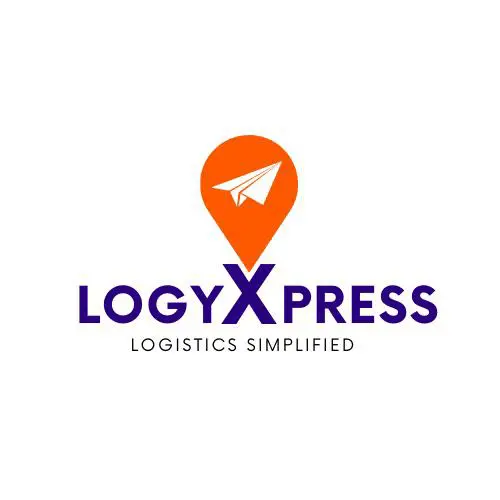Have you ever wondered what drives the success of some of the most thriving ecommerce businesses in India? Is it the quality of products? The sleekness of their websites? The effectiveness of their marketing strategies? While these factors undoubtedly play a significant role, there’s one element that often goes unnoticed but holds immense power in shaping the trajectory of no cost ecommerce shipping.
In a country as vast and diverse as India, where online shopping is rapidly becoming the norm, understanding the impact of free shipping on ecommerce businesses is crucial. From bustling metropolitan cities to remote rural villages, consumers across the length and breadth of the nation are increasingly turning to online platforms for their purchasing needs. And amidst this burgeoning landscape, the provision of no cost freight has emerged as a game-changer, capable of revolutionizing the fortunes of ecommerce enterprises in ways previously unimaginable.
But what exactly is it about free of charge logistics that makes it such a potent force in the realm of ecommerce? How does this seemingly simple offering wield such influence over consumer behavior, market dynamics, and ultimately, the bottom line of businesses? Let’s explore these questions and discover the transformative potential of free of charge delivery for online businesses operating in the Indian market.
Understanding the Psychological Impact of Free Shipping
Numerous studies and research papers have explored the effects of no cost delivery on purchasing behavior, shedding light on why it’s such a potent tool for ecommerce businesses. Research has consistently shown that consumers are highly sensitive to delivery costs when making online purchases. High delivery fees can act as a significant deterrent, causing potential customers to abandon their carts and seek alternative options. In contrast, the offer of free delivery can serve as a powerful incentive, enticing shoppers to complete their transactions and even spend more than they initially intended.
One study conducted by Forrester Research found that 44% of online shoppers abandon their carts due to high logistics costs. Additionally, a survey by Deloitte revealed that 60% of consumers are willing to add items to their carts to qualify for free shipping, demonstrating the significant influence it has on purchasing decisions.
The psychological phenomenon known as “mental accounting” also comes into play when considering no cost delivery. Consumers perceive the cost of logistics as an additional expense, separate from the product price. Therefore, when delivery is offered for free, it creates a sense of value and perceived savings, making the purchase more appealing.
Furthermore, free delivery can enhance the overall shopping experience, leading to increased customer satisfaction and loyalty. When customers receive their orders promptly and without additional charges, it reinforces positive feelings about the brand and encourages repeat business.
Costs vs. Benefits of Offering Free Delievry
While the benefits of offering no cost logistics are clear, it’s essential to weigh them against the associated costs to ensure the strategy is financially viable for your ecommerce business. Here’s a comprehensive breakdown of the costs and potential benefits:
Costs
Shipping Expenses: The most obvious price associated with offering free of charge shipping is the actual cost of transport goods to customers. In India, logistics expenses can vary widely depending on factors such as distance, package weight, and delivery speed.
Opportunity Cost: By absorbing the cost of shipping, ecommerce businesses forego potential revenue that could be generated from shipping fees. This opportunity cost must be carefully considered when evaluating the financial impact of no cost delivery.
Operational Costs: Implementing free delivery may require adjustments to your business operations, such as investing in additional infrastructure or partnering with fulfillment services. These operational costs should be factored into your calculations.
Benefits
Increased Conversion Rates: Offering complimentary delivery can lead to higher conversion rates, as it reduces barriers to purchase and encourages customers to complete transactions.
Higher Average Order Value: Studies have shown that customers tend to spend more when free delivery is offered, as they may add items to their carts to qualify for the promotion.
Enhanced Customer Loyalty: Providing a positive shopping experience through no cost delivery can foster customer loyalty and encourage repeat business, ultimately driving long-term profitability.
Practical Strategies for Implementing Free Shipping Effectively
Let’s discuss practical strategies for implementing it effectively in your ecommerce business in India:
Set Minimum Order Thresholds: Encourage customers to spend more by setting minimum order thresholds for no cost delivery. This not only increases average order value but also helps offset the cost of shipping.
Adjust Product Prices: Consider adjusting product prices to absorb logistics costs while maintaining profitability. By incorporating logistics expenses into product pricing, you can offer the perception of complimentary delivery without sacrificing margins.
Partner with Fulfillment Services: Explore partnerships with fulfillment services or logistics providers to reduce shipping expenses. Negotiating bulk rates or leveraging fulfillment networks can help lower costs and improve efficiency.
Offer Free Shipping as a Promotion: Instead of providing complimentary shipping year-round, use it strategically as a promotional tool during specific sales events or holiday seasons. This tactic generates urgency, compelling customers to seize the opportunity and complete their purchases.
Communicate Clearly with Customers: Clearly communicate any terms and conditions, such as minimum order requirements or delivery timelines, to manage customer expectations effectively.
In conclusion, free shipping has the potential to transform your ecommerce business in India by influencing consumer behavior, increasing conversion rates, and fostering customer loyalty. By understanding the psychological impact, weighing the costs and benefits, and implementing practical strategies, you can leverage free shipping as a powerful tool to drive growth and profitability. Embrace this strategy thoughtfully and strategically, and watch as it propels your ecommerce business to new heights in the competitive Indian market.
